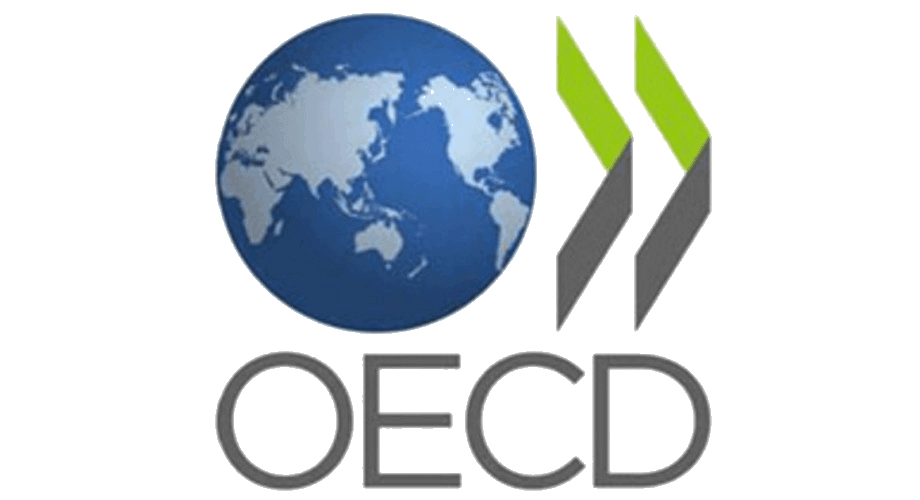Globalization presents both tremendous opportunities for business but also significant challenges. On one hand multinational corporations have access to assets across all their geographies – natural resources, manufactured products, lower-cost labor and skilled talent, for example. On the other corporations operating across various jurisdictions have to meet the different laws and regulations required for each geography. It can be a daunting task, especially for tax purposes.
Take calculating cost of goods and services sold across divisions or locations. Accounting for goods or services from a third-party supplier is fairly straightforward, but what about transactions within the corporation? An auto maker, for example, knows the price it pays for tires from an outside vendor, but also needs to determine a price for engine parts, brake pads and alternators manufactured by divisions or subsidiaries within the parent company – often across different regions or countries.
Determining the exact cost of transactions between related entities within a company — a process known as transfer pricing – is not only important for accurate accounting but mandatory for most multinationals to report. That’s because the Organization for Economic Cooperation and Development (OECD) has developed transfer pricing guidelines and is bringing leading nations together to stop companies from evading taxes by shifting profits to low tax jurisdictions. Member countries include the U.S., Canada, Mexico, the EU and most other European nations, Japan, South Korea and Australia. Meaning nearly every multinational company is required to share transfer pricing information through country-by-country (CbC) reports.
On a positive note, sourcing goods from lower-cost markets can help companies to maximize profitability and optimize the allocation of resources worldwide. Through effective transfer pricing, companies can maximize after-tax profits while reducing customs payments for goods delivered across borders. They can reduce overall exchange exposure by managing exchange controls and profit repatriations. On an operational front, transfer pricing can help companies to transfer funds across different departments or divisions to meet working capital needs.
How to Determine Transfer Pricing
The first challenge is to implement a successful process to determine and manage transfer pricing. In fact, creating a reporting structure among divisions that can measure the allocation of company resources in detail is one of the most critical factors for success. This helps for future planning as well. To start, a corporation needs to decide how it will determine the actual transfer prices for particulate goods and services.
There are five basic methods for establishing transfer prices outlined in the OECD guidelines:
- Comparable Uncontrolled Price or the CUP Method
- Cost-plus-percent method
- The Resale Price Method
- Transaction Net Margin Method or TNMM
- The Profit-Split Method
There are pros and cons to each method and every organization should evaluate what works best for its  unique requirements. In some cases, an organization might even use different methods for different types of transactions. The CUP Method, for example, could be used for transactions trading for manufactured goods and the Resale Price Method for transactions between distributors or resellers. While the OECD doesn’t require organizations to apply multiple methods for transfer pricing, it does allow it and some organizations can benefit.
unique requirements. In some cases, an organization might even use different methods for different types of transactions. The CUP Method, for example, could be used for transactions trading for manufactured goods and the Resale Price Method for transactions between distributors or resellers. While the OECD doesn’t require organizations to apply multiple methods for transfer pricing, it does allow it and some organizations can benefit.
How to Implement Transfer Pricing
With a methodology (or mix) in place, the corporation can determine a strategy to collect, analyze and report transfer pricing data. This requires a review of the ERP systems, Enterprise Data Warehouse Architecture and most importantly, the right Corporate Performance Management (CPM) platform to execute transfer pricing across multiple subsidiaries and ERP systems While much of the actual transaction data resides in and comes from the ERP systems, a robust CPM platform is critical to collecting, processing and reporting this information.
The transfer pricing strategy needs to factor in how centralized the organization is. An organization that is highly autonomous and decentralized poses greater challenges. For example, an organization that has multiple ERP systems or multiple instances of the ERP system, has a more difficult task to streamline and standardize the transfer pricing policy. This is especially challenging if the Sales Order and Purchasing Modules are configured very differently between platforms.
Determining the best transfer pricing method and developing a successful pilot project that can be pushed out organization-wide is the best approach for implementing a solution that will not only meet regulatory needs, but also provide great insight and business benefits. It’s not an easy process, but if done right transfer pricing can deliver tremendous efficiency and even business advantage.
Learn More
To learn more, read the complete version of this article as published by Accounting Today.
Get Started With a Personal Demo



